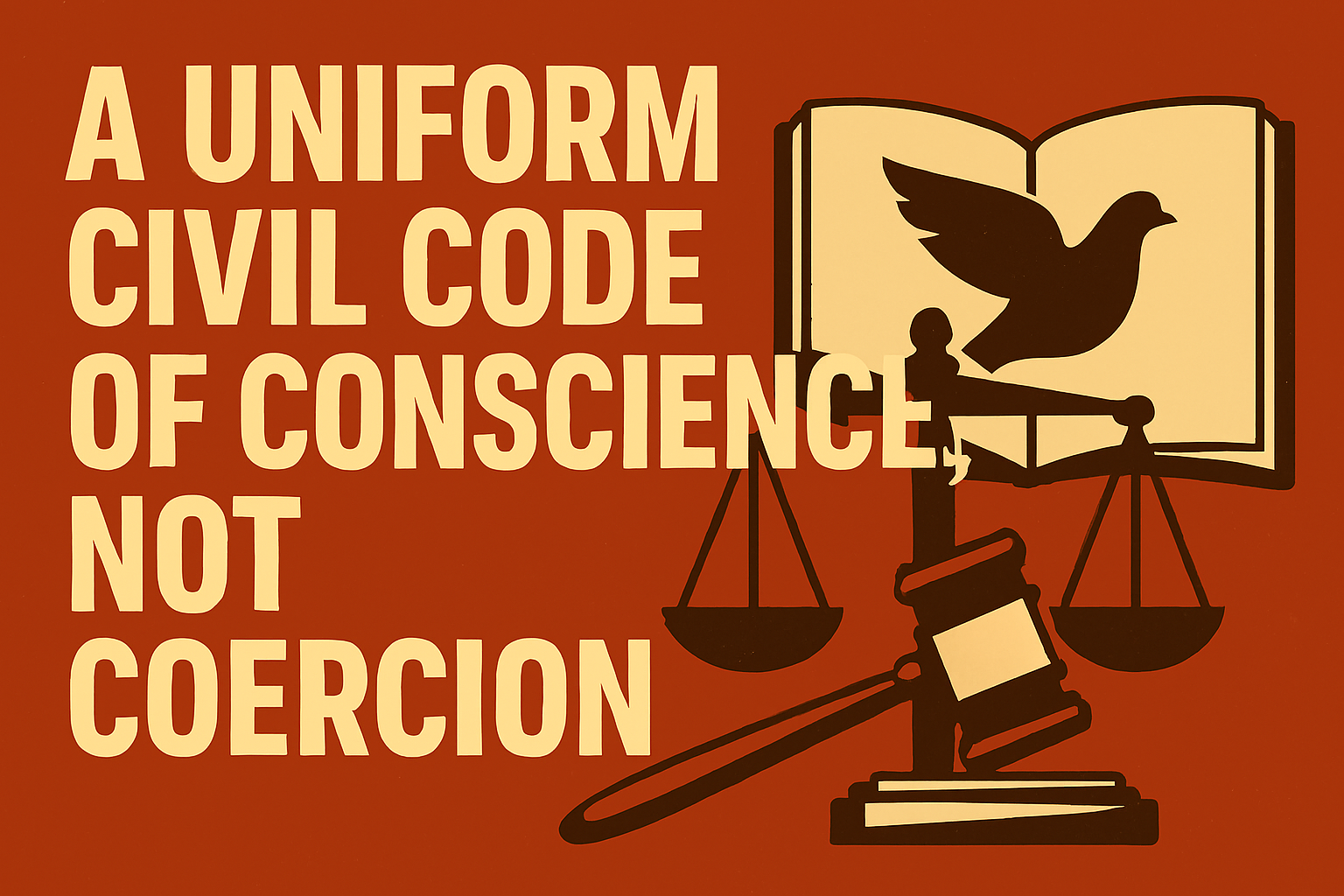



The code of Insolvency and Bankruptcy was mainly brought into existence to resolve the problems of the debtors and the creditors which appears after an individual or a corporate debtor is unable to overcome their financial Insolvency and struggles to maintain operational viability or if the debtor ends up in bankruptcy. It provides both parties with preferable solutions to the situation by liquidating the properties or, by giving a second chance of revival to the debtor. This code is the consolidation of the laws relevant to this matter as Section 531 of the Companies Act,1956, and Section 531(1) of the Companies Act,2013.
To recover debts from the debtor, adjudicating authorities have been formed. However, the regulating bodies which are the NCLT(National Company Law Tribunal)and DRT(Debt Recovery Tribunal) are distinct from each other in their respective places of adjudication. NCLT hears the debt cases of Corporate and industrial sectors, partnership firms, and LLPs whereas DRT deals with individuals. The AA(Adjudicating Authorities) hires liquidators to monetize properties left to the debtors. These AAs are obligated to sort the whole matter beyond the speculated period of 330 days.
CIRP which is Corporate Insolvency Resolution Process is a mechanism to recover the debt from the corporate debtor and IRP which is Interim Resolution Professionals are professionals who closely vigilante the whole process, being in charge of the management of the company affairs and resolution of the financial assessment of the debtors and valuing assets. The CIRP can be conducted only if the default is of 1 minimum 1 lakh or more.
CIRP can be filed by Financial Creditors according to Sec 7 of IBC,2016, Operational Creditor according to Sec 8 & 9 of IBC,2016 and Corporate Appellant according to Sec 10 of IBC,2016. The financial and operational creditors can demand the conduct of CIRP after submitting the invoice demanding payment. The NCLT usually takes 14 days to decide the opinion. If they find adequate reason to initiate CIRP then they would permit the plea. But if they forbid then the debtor will be allocated seven more days. Mainly after getting forbidden the debtor’s properties are usually liquidated to pay the debts off.
After the commencement of CIRP, the COC (Committee of Creditors) formed by the AA must have their first meeting within 7 days of the IBC,2016. After the meeting, an IRP will be appointed with a vote of 66% of the members. If the board doesn’t confirm any name of (Resolution Professional) suggested, the board shall announce the IRP as a Resolution Professional.
According to Sec 25 of IBC, 2016 the duties of the RP is to protect and preserve the assets of the corporate debtor including the continued business operations.
The power RPs have been given according to Sec 25(2) of the code are-
After the appointment of RP, he/she first makes a public announcement to inform creditors and stakeholders to invite claims. According to Sec 15 of the court, the IRP must make a public announcement beyond 3 days after commencement. This should be published in newspapers, the corporate debtor’s website as well as in the IBBI (Insolvency and Bankruptcy Board of India) this must include the name and address of the corporate debtor, details of IRP, etc.
The IRP invites creditors to submit their claims according to Sec 15, 18, and Regulation 6 of IBBI. The creditors shall submit their claims with proof within the time specified in the public announcement. The IRP verifies and updates creditors.
The RP appoints two registered valuers to make a valuation of the assets under corporate debtors. After the valuation of the assets by internationally accepted standards they provide a detailed report including possible methods and assumptions to the COC. This report is considered to be crucial for the resolution plan.
The moratorium period provided by the Adjudicating Authorities gives space to the debtor as it halts the legal suits and claims and gives time for restructuring.
After the valuation of assets, invitations of claims, and continuing businesses the IP makes an effective resolution plan to the CoC and the Adjudicating Authorities. After the Authorities assess the plan and its efficiency either they dismiss or sanction the plan.
After sanction the IP starts working according to the plan which may include recovering pending loans, checking transactions (preferential, undervalued, fraudulent, excoriating), selling assets, and injecting money.
Mostly assessed plans are proven to be effective working after implementation. After the base work of revival, the RP must sort out the whole plan within 180 days and exit the plan.
https://www.thelegalyoungster.com/legal-internship/